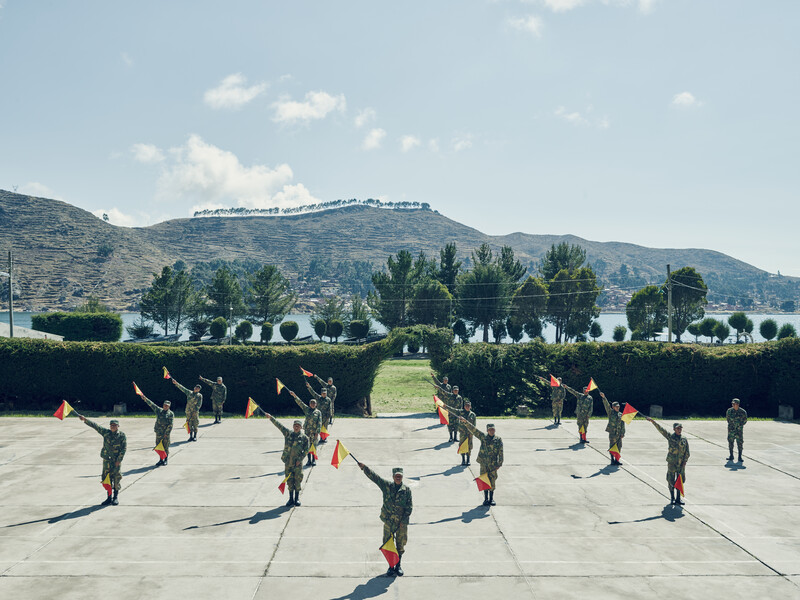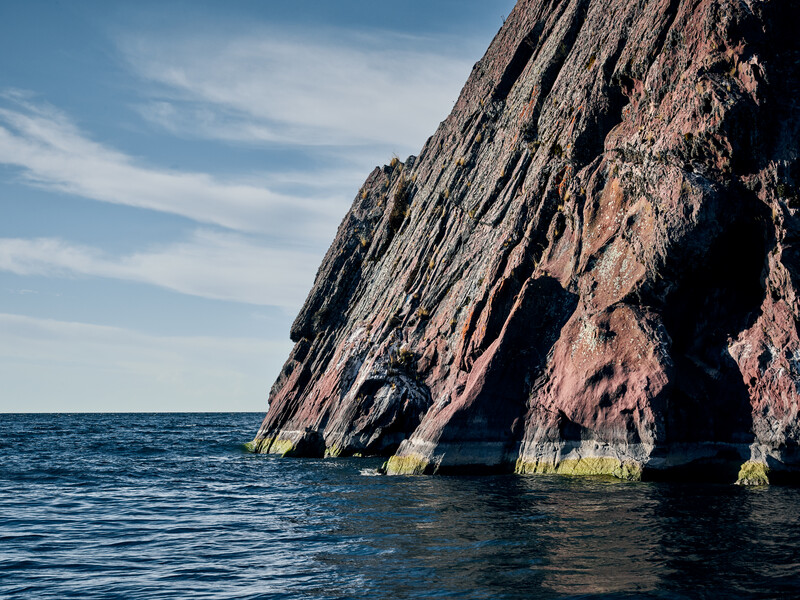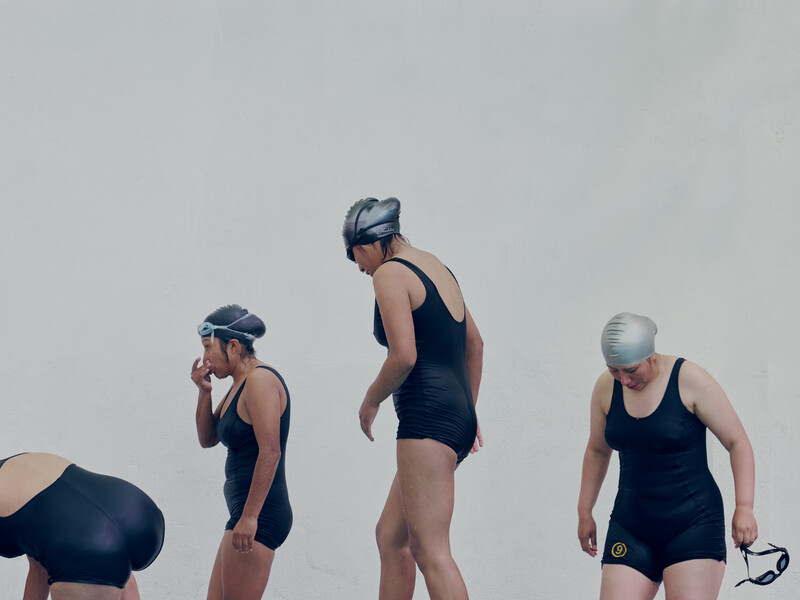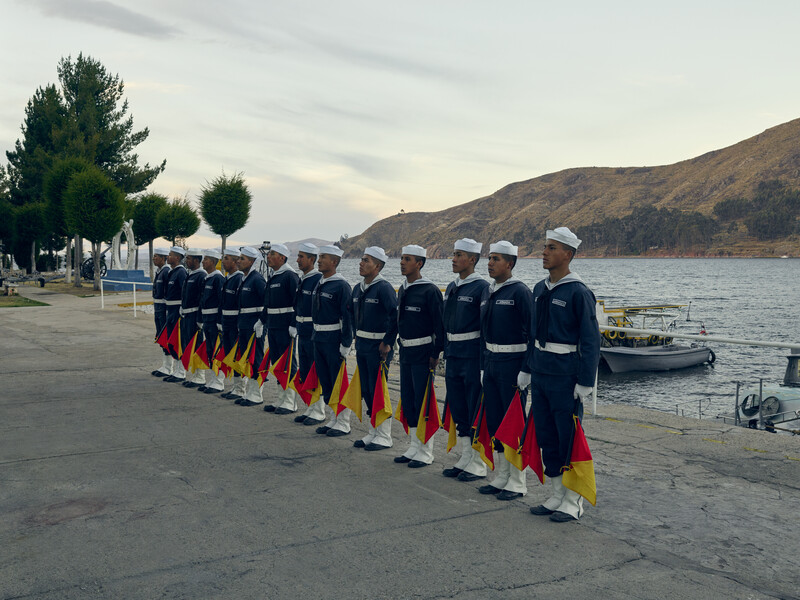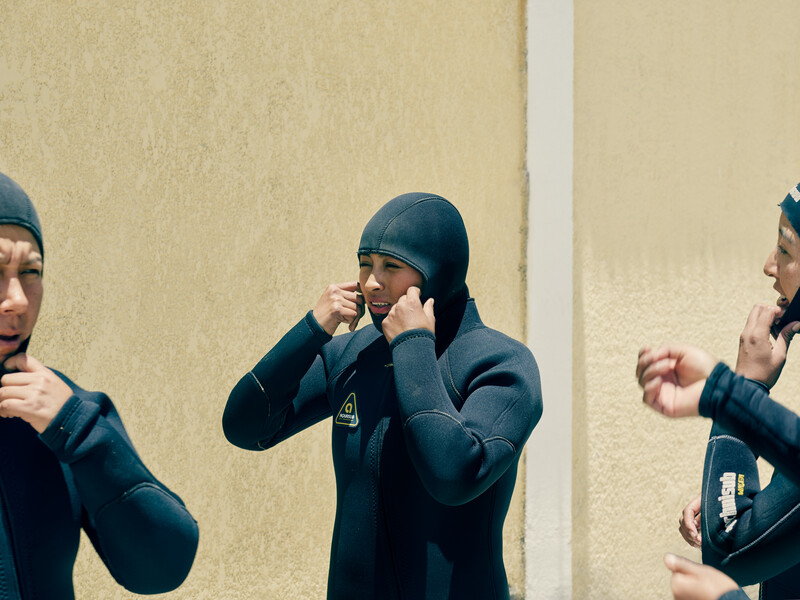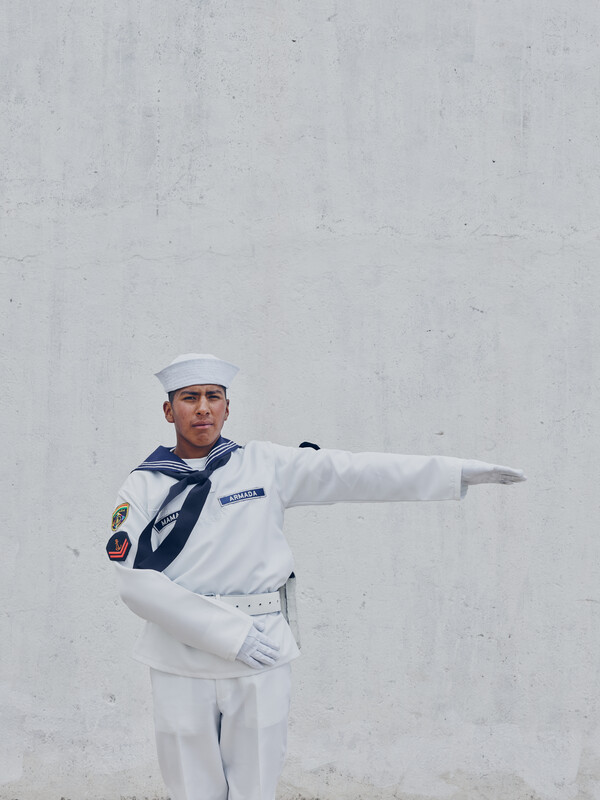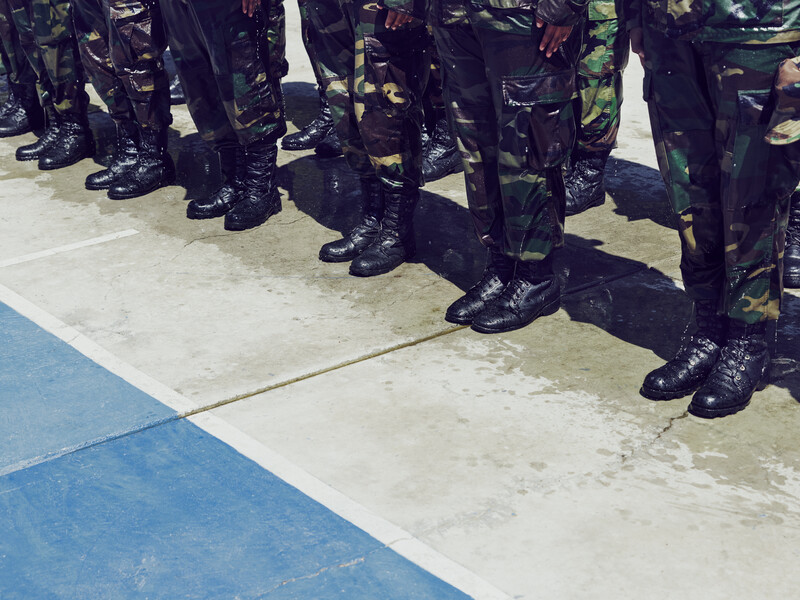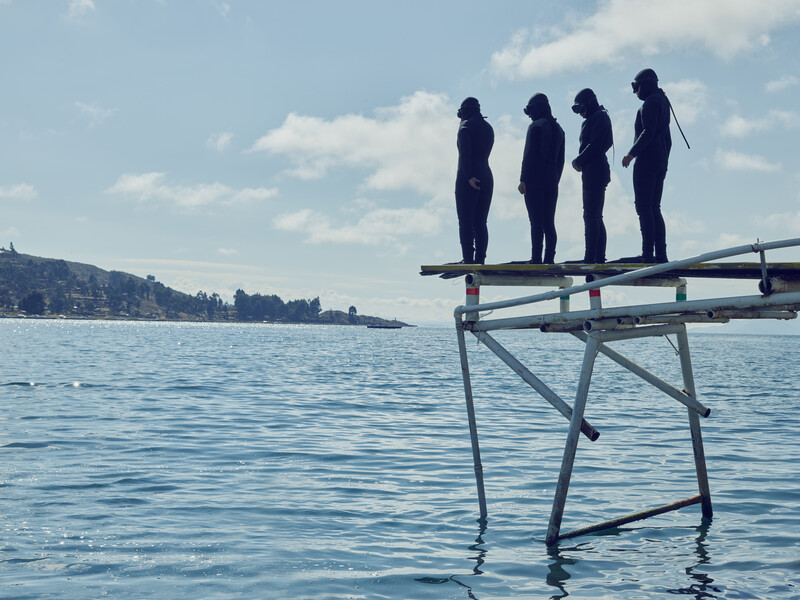© Nick Ballón
'The routine of the sailors at San Pedro de Tiquina is much like that of anynavy around the world. They rise early for the morning’s drill – marching in parade formation or doing physical exercises, depending on the day – before a few hours of classroom instruction. Then they go out on to the water.“Sometimes we do an operation,” says Maria Isabel Mansilla, a 25-year-old instructor with the base’s scuba-diving team, “an amphibious assault or a reconnaissance mission.” On other days, Mansilla’s unit might be set a more mundane, or sombre, task – hoisting a tree trunk out of the water or searching the shallows for the body of a missing person. But the naval recruits here are unusual: their country is landlocked. Bolivia lost its only coastal territory – the arid Atacama region abutting the Pacific Ocean – in a war with Chile more than 130 years ago. As a result, Bolivia’s navy, whose modern incarnation dates back to 1966, is conned to searching the country’s jungle waterways for drug trackers and smugglers; or, in thecase of San Pedro de Tiquina, keeping watch over Lake Titicaca, 3,800metres above sea level. The Centre for High-Altitude Scuba-Diving (CIBA) at the base is the highest in the world.'
by Laurence Blair
click to view the complete set of images in the archive
